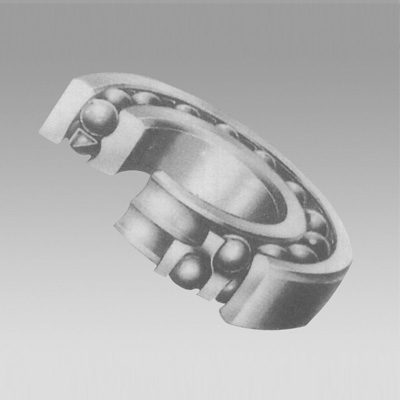
10 月 . 13, 2024 02:01 Back to list
what is a tapered bearing
Understanding Tapered Bearings A Comprehensive Overview
Tapered bearings are a type of roller bearing that uses tapered outer and inner ring raceways. This design allows the bearing to support both radial and axial loads, making it a versatile choice for many applications. These bearings are commonly used in automotive, industrial, and aerospace applications due to their high load capacity and ability to withstand harsh operating conditions.
Structure and Function
A tapered bearing is characterized by its conical shape. The inner ring (raceway) is tapered outward from the center, while the outer ring features a matching conical shape. The rolling elements, typically tapered rollers, fit snugly between these two surfaces. This unique geometry provides several benefits
1. Load Distribution The tapered design allows for optimal load distribution across the bearing surface. This is crucial for minimizing wear and prolonging the lifespan of the bearing. 2. Combined Loads Tapered bearings can handle combined loads effectively—meaning they can bear both radial (perpendicular to the shaft) and axial (along the shaft) loads. This dual capability makes them particularly suitable for applications that experience varying operational forces.
3. Adjustable Clearance The arrangement of tapered bearings allows for adjustments in radial clearance. Depending on the application requirements, users can fine-tune the axial positioning of the bearing to achieve the desired level of play between the rotating shaft and the bearing.
Applications
Tapered bearings find applications across various industries, reflecting their robustness and adaptability
- Automotive Industry In vehicles, tapered roller bearings are commonly used in wheel hubs and drivetrain components. Their ability to support heavy loads while enabling smooth rotational motion is indispensable for vehicle performance and safety.
- Industrial Machinery Tapered bearings are prevalent in conveyor systems, gear reductions, and heavy machinery. They provide the necessary support for high-load applications, ensuring operational reliability and efficiency.
what is a tapered bearing

- Aerospace In the aerospace sector, tapered bearings are essential for various flight control systems and landing gear. The ability to withstand significant loads while maintaining precision is critical in this regulated environment.
Installation and Maintenance
Correct installation and maintenance of tapered bearings are vital for optimal performance. Here are some key considerations
1. Proper Alignment Ensuring that the bearing is correctly aligned during installation is crucial. Misalignment can lead to uneven wear and premature failure.
2. Lubrication Adequate lubrication reduces friction and cooling requirements, enhancing the bearing's durability. Tapered bearings typically use grease or oil for lubrication, depending on the application specifics. Regular checks and replenishments are essential to maintain efficiency.
3. Load Ratings It’s vital to select a tapered bearing with an appropriate load rating for the specific application. Exceeding the maximum load limits can result in catastrophic failure, so understanding the operational environment is important.
4. Regular Inspection Conducting periodic inspections can help identify signs of wear or damage early on, preventing more extensive and costly repairs.
Conclusion
Tapered bearings are an essential component in various mechanical systems, offering a blend of strength, reliability, and versatility. Their unique design allows them to handle complex loading situations while adapting to a wide range of applications. Understanding the fundamentals of tapered bearings, including their structure, function, and maintenance needs, empowers engineers and technicians to make informed decisions for their specific requirements. Whether in automotive, industrial, or aerospace applications, tapered bearings continue to play a critical role in ensuring the efficiency and longevity of machinery. With proper care and installation, these bearings can provide excellent service, ultimately enhancing the performance of the equipment they support.
Latest news
-
Unlocking Efficiency with Spherical Roller Bearings
NewsOct.29,2024
-
The Ultimate Guide to Thrust Ball Bearings
NewsOct.29,2024
-
The Power of Thrust Roller Bearings: Engineered for Excellence
NewsOct.29,2024
-
The Power of Deep Groove Ball Bearings for Your Application Needs!
NewsOct.29,2024
-
The Power and Performance of Cylindrical Roller Bearings
NewsOct.29,2024
-
High-Quality Ball Bearing Manufacturing Machines
NewsOct.29,2024
